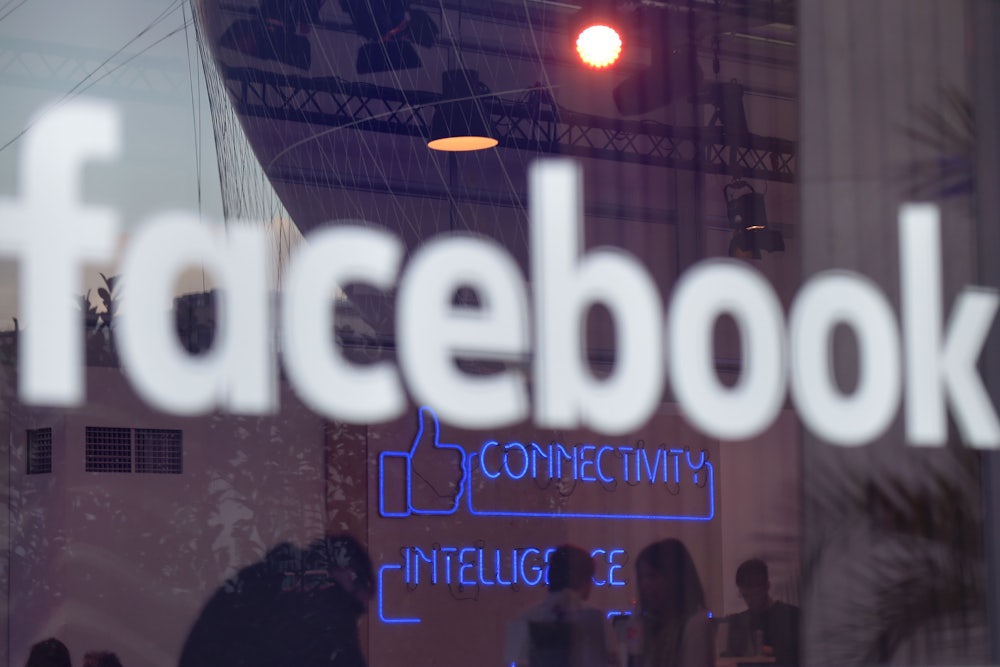On Thursday, Facebook announced a three-step process to combat a problem that many say helped Donald Trump win the presidential election. It begins with users reporting stories they suspect to be fake news. Then, in partnership with Poynters, the stories will be fact-checked. If the story is found to be fake, it will be flagged as “disputed,” appear lower on user newsfeeds, and be barred from use in Facebook ads.
The announcement is notable given Mark Zuckerberg’s reluctance to even admit Facebook has a fake news problem. In a November 12 post, Zuckerberg insisted that “of all the content on Facebook, more than 99 percent of what people see is authentic.” He also emphasized the site’s original commitment to giving a voice to all people.
The cautious nature of the new plan is thus unsurprising. It is a tepid solution that allows the social media giant to publicly address criticism, while maintaining its position that its employees are not “arbiters of truth.” Marking news as “disputed” suggests that there is room for debate, not that the information presented is false. This is but a first step, and it remains to be seen whether Facebook will genuinely take responsibility for its outsized influence on the American electorate’s media diet.
